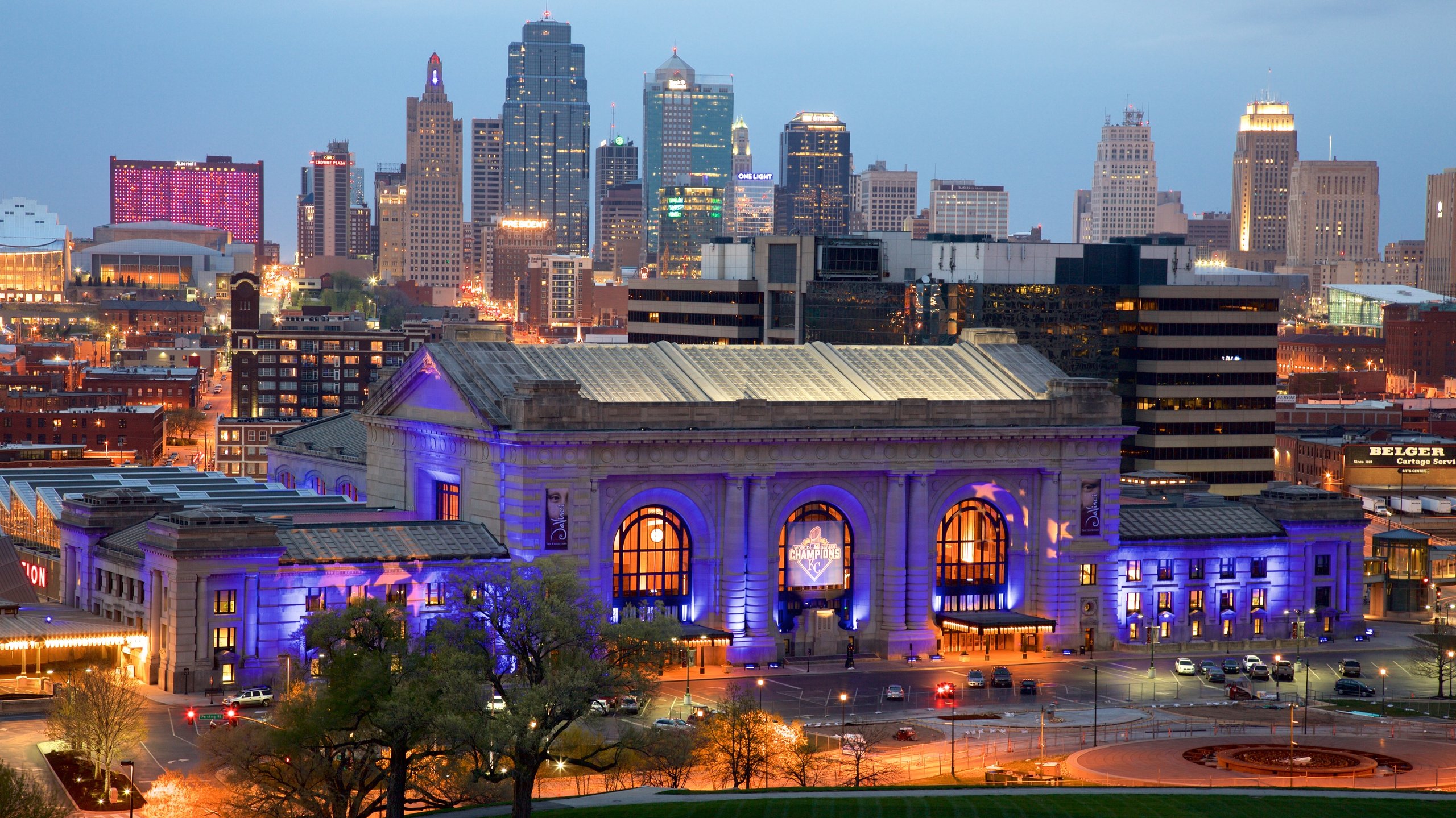24/7 Helpline:
(866) 899-111424/7 Helpline:
(866) 899-1114
Learn more about Adderall Rehab centers in Blue Eye
Adderall Rehab in Other Cities

Other Insurance Options

Horizon Healthcare Service

Group Health Incorporated

Optima

BHS | Behavioral Health Systems

Excellus

Coventry Health Care

Optum

Medical Mutual of Ohio

State Farm

Humana

United Health Care

GEHA

ComPsych

Magellan Health

Ambetter

Private insurance

Amerigroup

Premera

Sutter

Meritain












